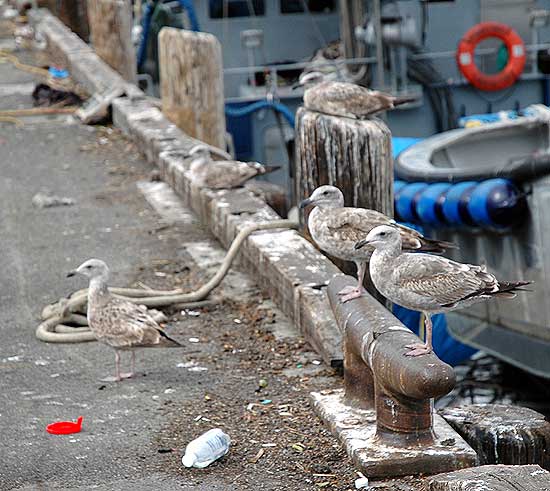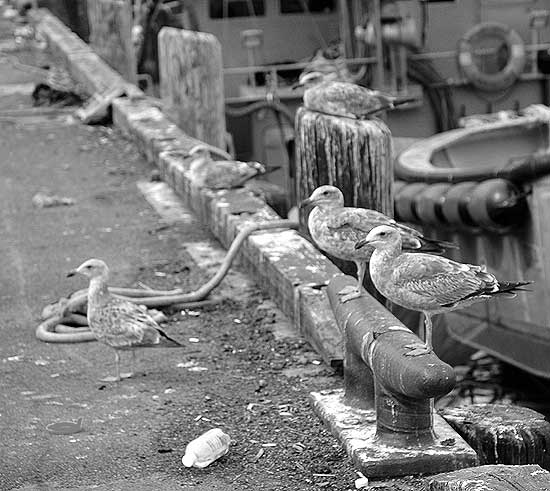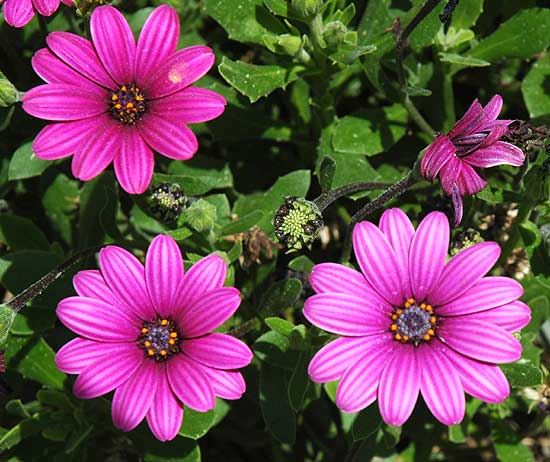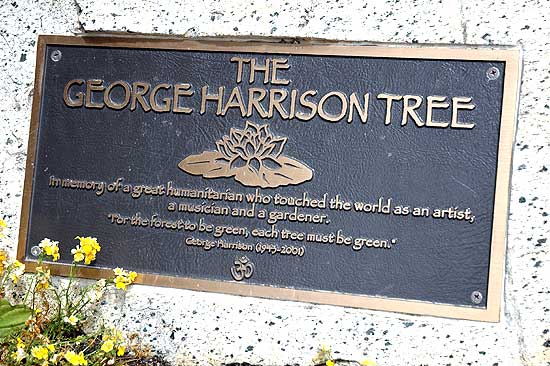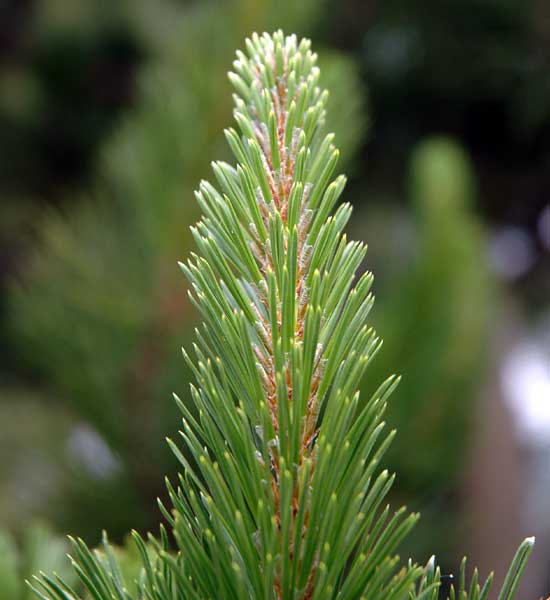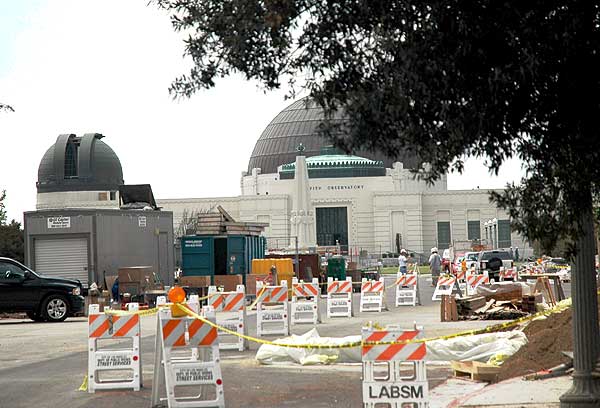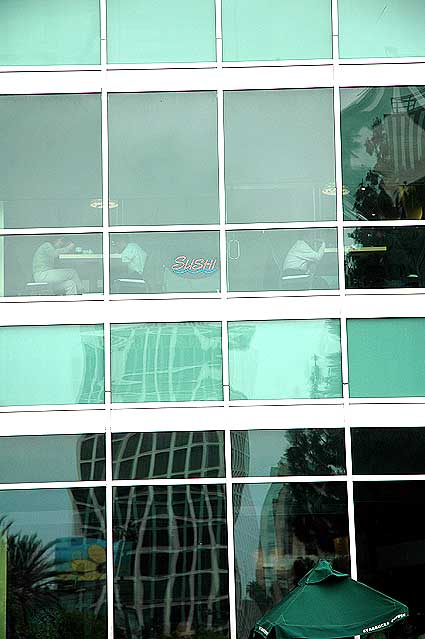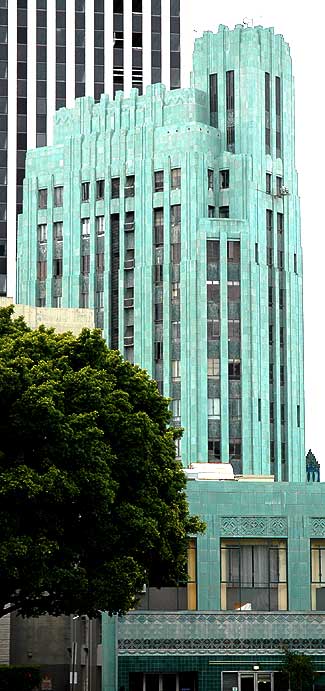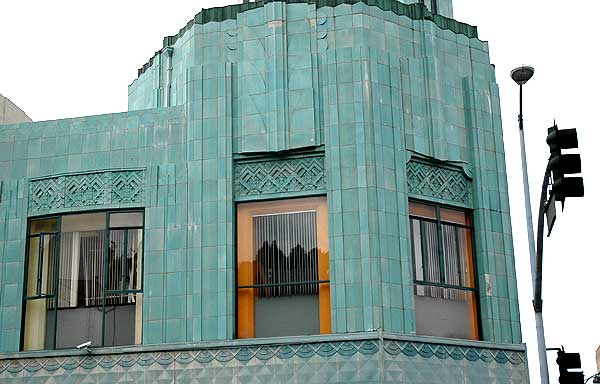Topic: Oddities
Cultural Dislocations
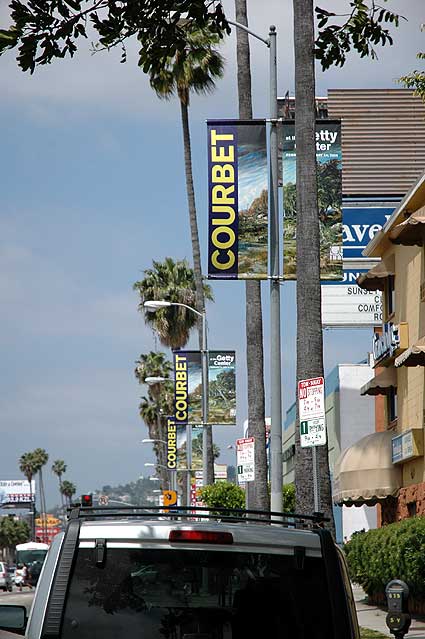 Courbet and the Modern Landscape is running up at the Getty Center, and closes on May 14, before moving on to Houston and Baltimore. The banners line Sunset Boulevard from Vine to Highland, as shown in the two photographs from Friday, May 5th. There is more than a bit of visual irony here.
Courbet and the Modern Landscape is running up at the Getty Center, and closes on May 14, before moving on to Houston and Baltimore. The banners line Sunset Boulevard from Vine to Highland, as shown in the two photographs from Friday, May 5th. There is more than a bit of visual irony here. Gustave Courbet (1819-1877) is "Realism" - he coined the term for what he was up to with his landscapes and seascapes, rejecting all that idealized Romantic stuff. Everything was dynamic and changing. The mission of the Realists would be "the pursuit of truth which would help erase social contradictions and imbalances," as noted here -
Well, this seedy section of Sunset Boulevard seems the right spot for the banners, as the area is either just a mess or the product of some secret "cult of ugliness" with a devious master plan for Hollywood.For Courbet realism was not the perfection of line and form, but spontaneous and rough handling of paint, suggesting direct observation by the artist and portraying the irregularities in nature. He depicted the harshness in life, and in so doing, challenged contemporary academic ideas of art, which brought him criticism that he deliberately adopted a cult of ugliness.
Courbet's "ugliness" and that of the other Realists, Honoré Daumier and Jean-François Millet, gave way to the pretty-pretty impressionists with all that silvery light and water lilies and such. Ugly isn't forever, except here on Sunset.
The Getty press release is here should you wish to drop by - forty-five landscapes from 1855 to 1877 - and a selection of French photographs of the period from the museum's own collection "that resonate with Courbet's work and attest to the role that the new medium played in shaping his modern landscapes." It's free. Parking isn't.
Note this from the press release -
At least he didn't spend his last days nursing a hangover at the IHOP on Sunset (a Swiss company acquired a controlling interest in IHOP in 1979, but eight years later the Americans bought it back).Courbet spent the last years of his life - in the early 1870s - in exile in Switzerland because of his role in the Paris Commune unrest. Cut off from his family and friends, and weakened by alcohol and disease, he produced a number of accomplished landscapes with a haunting, melancholic tone. The exhibition includes Le Château de Chillon (1874), on loan from the Musée Courbet, France, depicting a picturesque medieval castle that was a symbol of isolation and imprisonment. It was among the last paintings he made before his death.
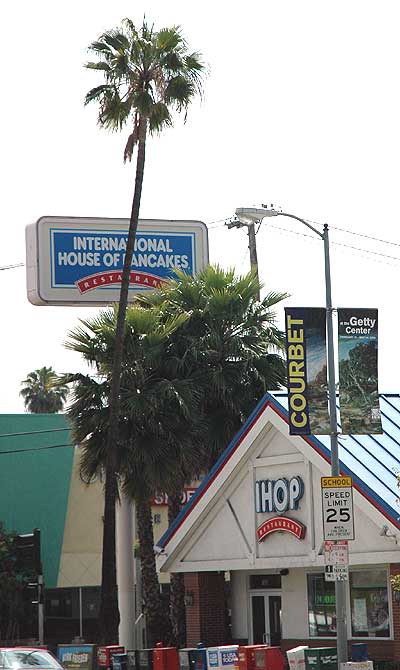
home
Updated: Tuesday, 9 May 2006 10:40 AM PDT


